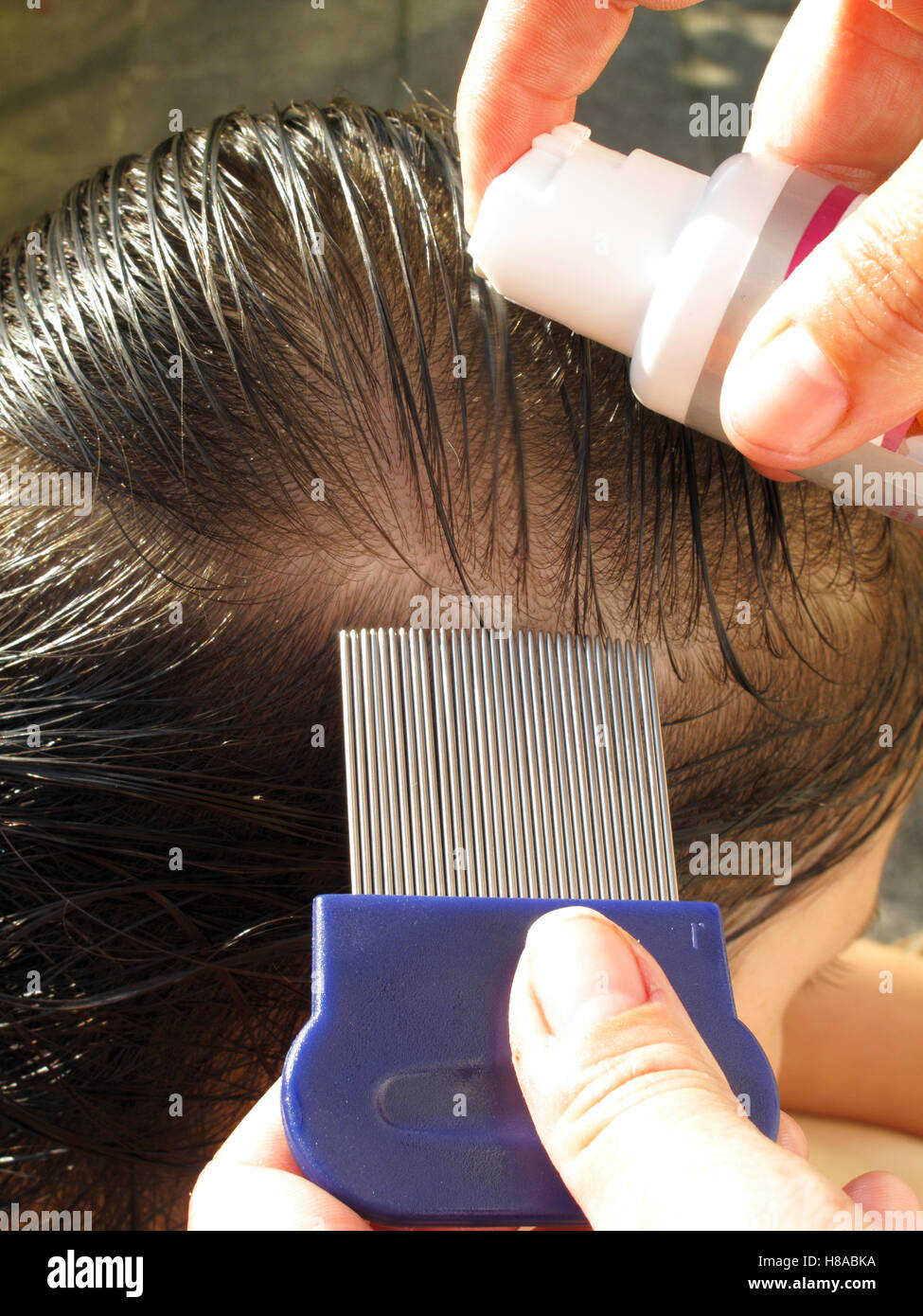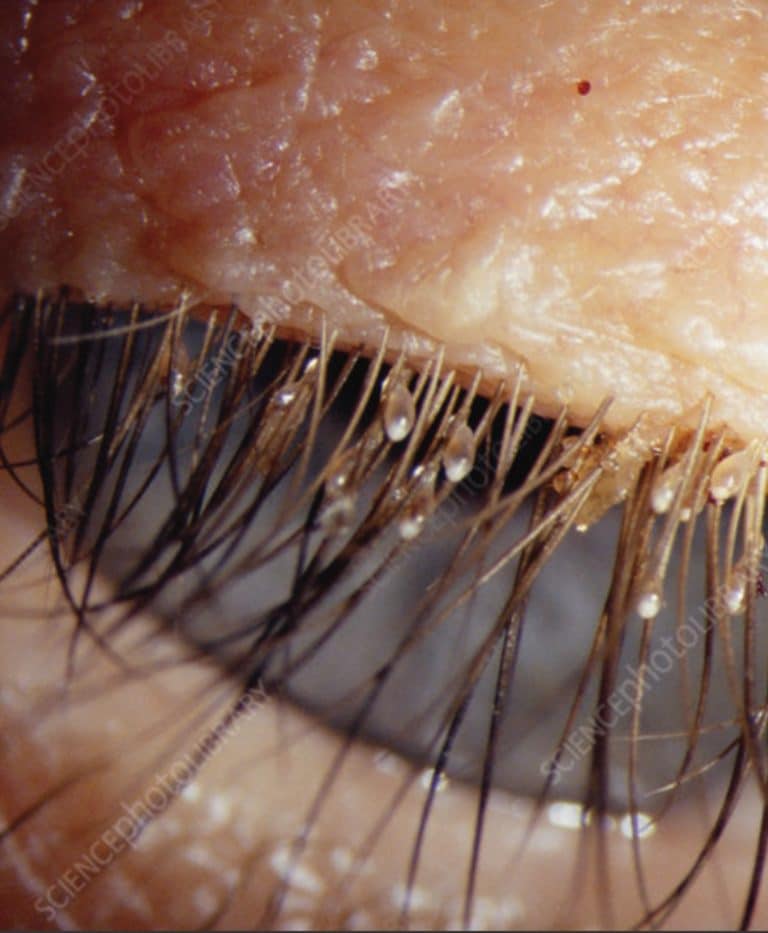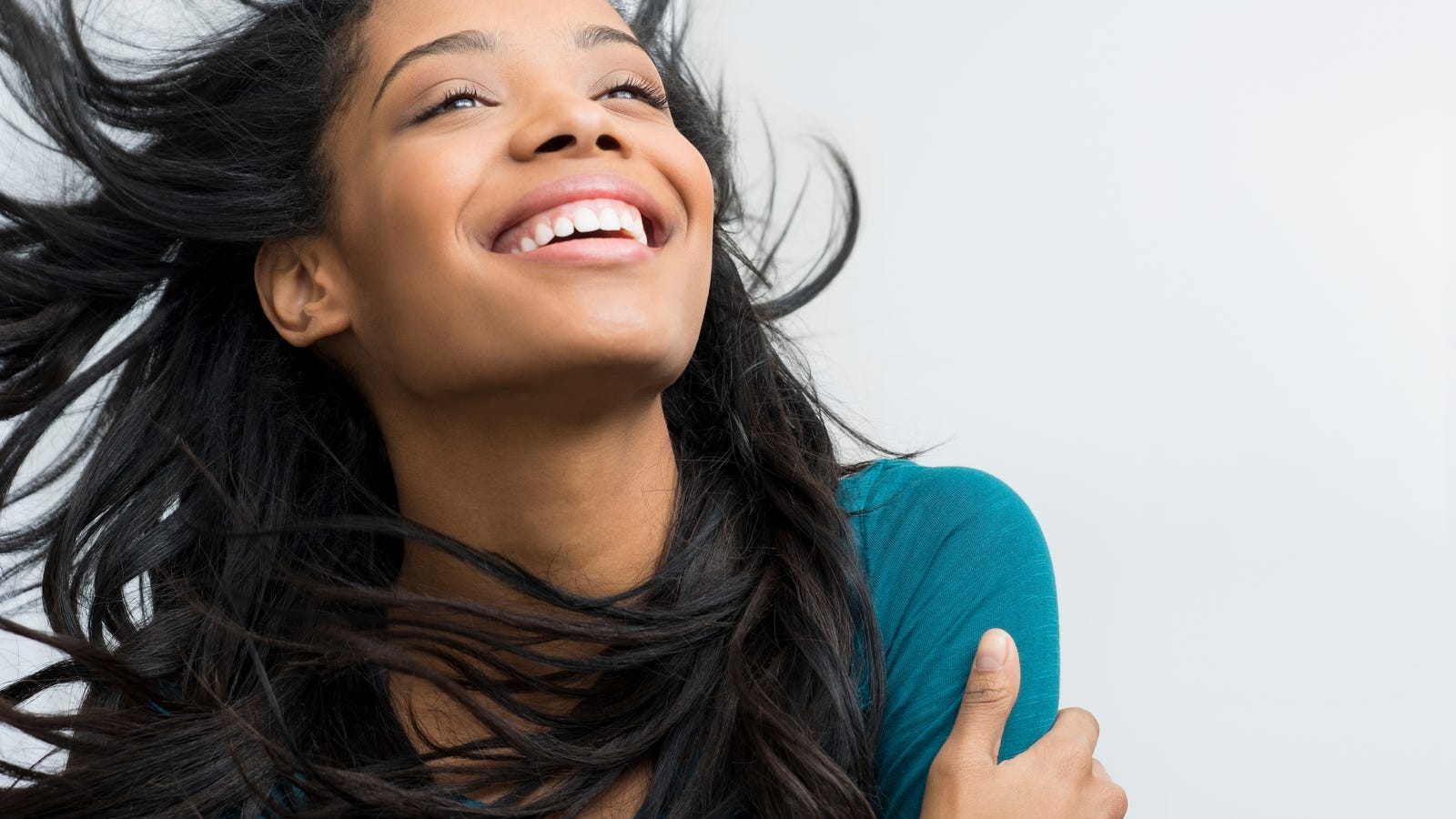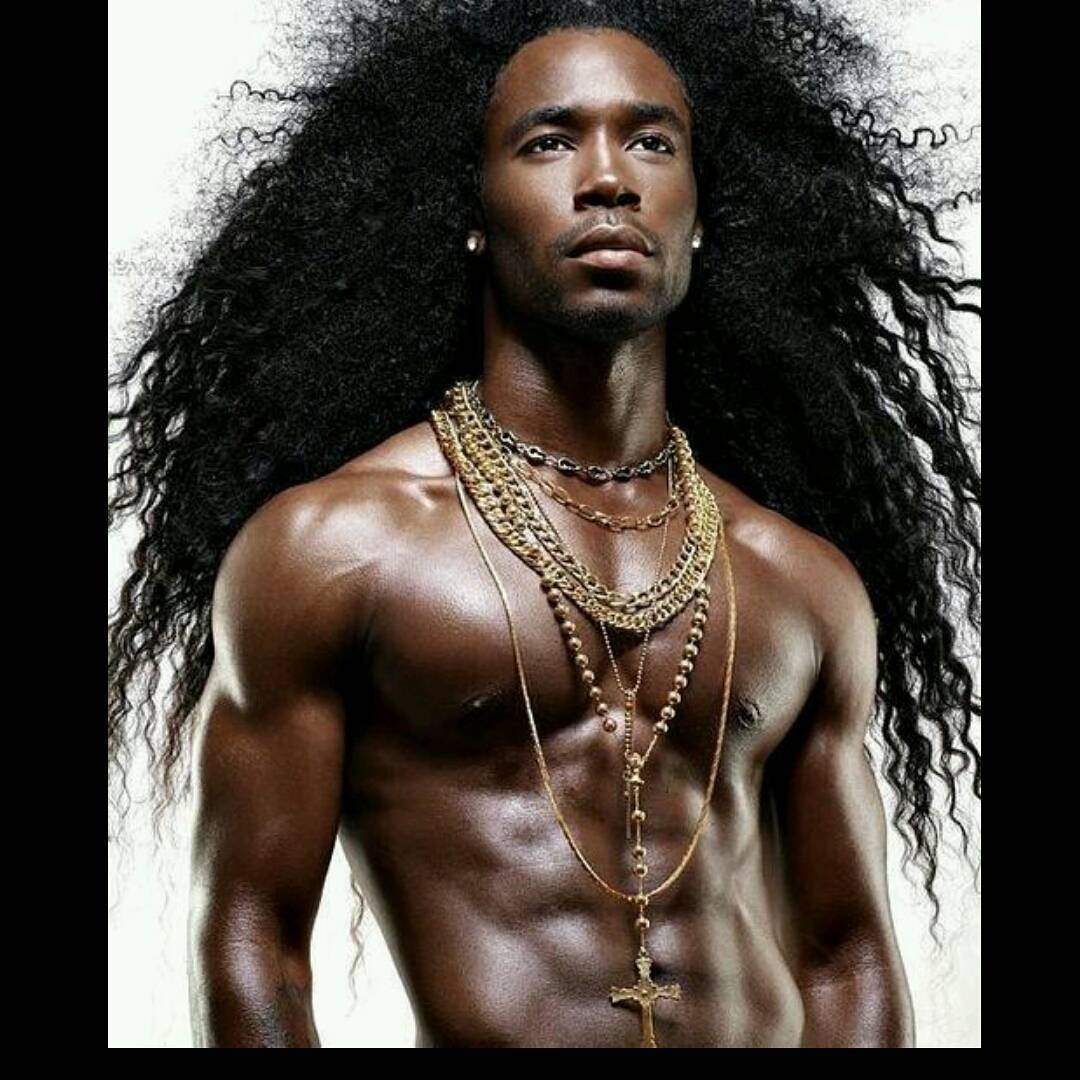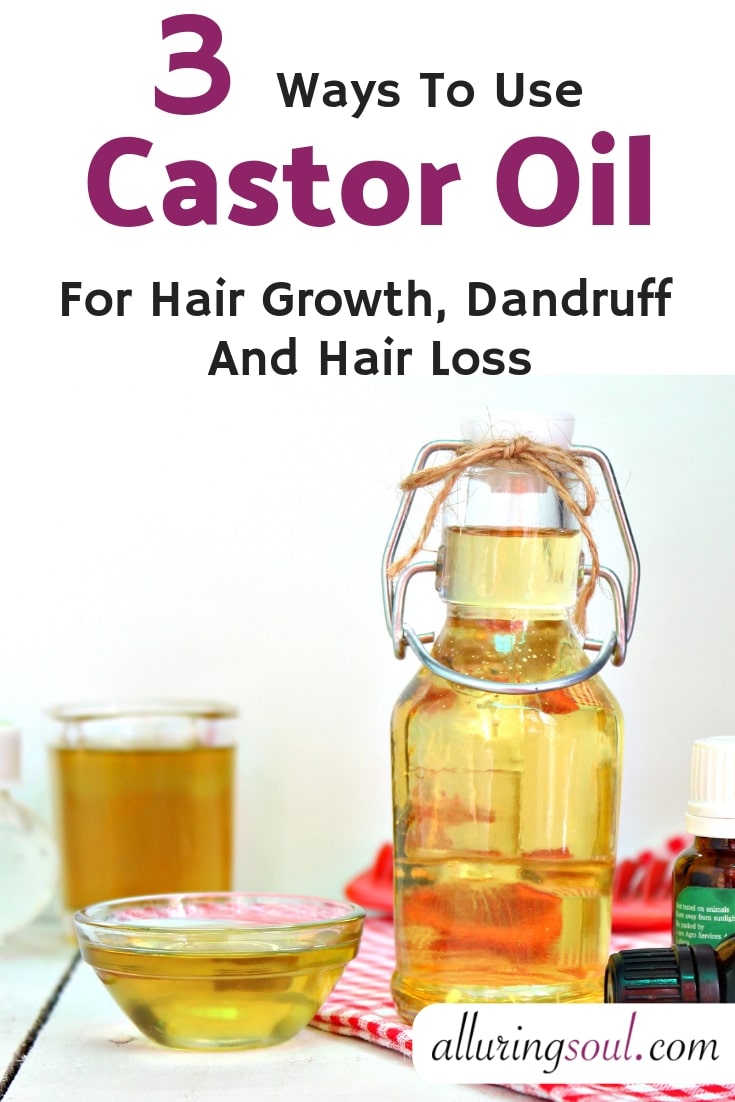Table Of Content

Pubic lice are relatively easy to treat and do not carry diseases. The best prevention is to keep your personal belongings to yourself. In other words, try not to borrow anyone else's things, including combs and hairbrushes.
What Are Head Lice?
Head lice are neither dangerous nor a sign of poor hygiene, and they do not spread any diseases. Lice are typically grayish-tan in color and the size of a sesame seed or smaller, depending on where they are in their life cycle. Lice eggs look similar to dandruff and attach to the hair shaft. Most commonly, a blotchy, painless (or itchy) rash develops at the nape of the neck in the hair.
Lice Signs and Symptoms
Pubic lice can be treated with many of the same nonprescription and prescription treatments used for head lice. Talk to your health care provider about treatment of lice and nits on eyebrows or eyelashes. Symptoms of head lice can create disturbances in your sleep pattern and cause excessive itching and discomfort. Treat head lice at the first sign with over-the-counter medicated shampoo, lotion or cream and follow the instructions to make sure it’s effective. If you notice your head lice get worse and don’t go away with over-the-counter treatment, talk with your healthcare provider about stronger prescription treatment.
When should I see my healthcare provider?
Children and adults can be affected by a lice infestation. Both the CDC and the FDA warn against treating this common childhood condition on your own with non-prescription treatments. The best prevention is to not share combs, brushes, towels or hats with others and to avoid physical contact with someone who has lice. It also helps to examine and treat all members of your household who have contact with a person with lice.
Where do head lice live?
If the bugs continue to make your scalp home, Dr. Posner says you’ll still be dealing with consistent bites. At around 1–7 mm, bed bugs are larger than lice, and a bed bug infestation can create an almond-like smell. A person with this type of lice should inform all current sexual partners. They can also help to prevent transmission by avoiding any close contact until the lice have been eradicated.
Pictures of What Lice Eggs (Nits) Look Like in Hair: 9 Tips to Spot Them
Lice DNA from around the world sheds light on human history, says new study : Goats and Soda - NPR
Lice DNA from around the world sheds light on human history, says new study : Goats and Soda.
Posted: Wed, 08 Nov 2023 08:00:00 GMT [source]
Here's everything you need to know about lice, including pictures, symptoms, and treatments. Make sure you follow the directions on over-the-counter medicines. Head lice can affect anyone but occur most often among children between the ages of 3 to 11 years old, along with their families. Children are more at risk, as they make head-to-head contact with other children when playing together and may share items that have contact with their hair.
Those affecting humans tend to be blood-sucking species that rely on blood and other secretions to survive. Head lice are often visible to the naked eye and leave telltale signs behind. Lice reside close to the scalp but can also be found in the eyelashes and eyebrows. A regular hair dryer can't be used to do this at home because it's too hot and could burn the scalp.
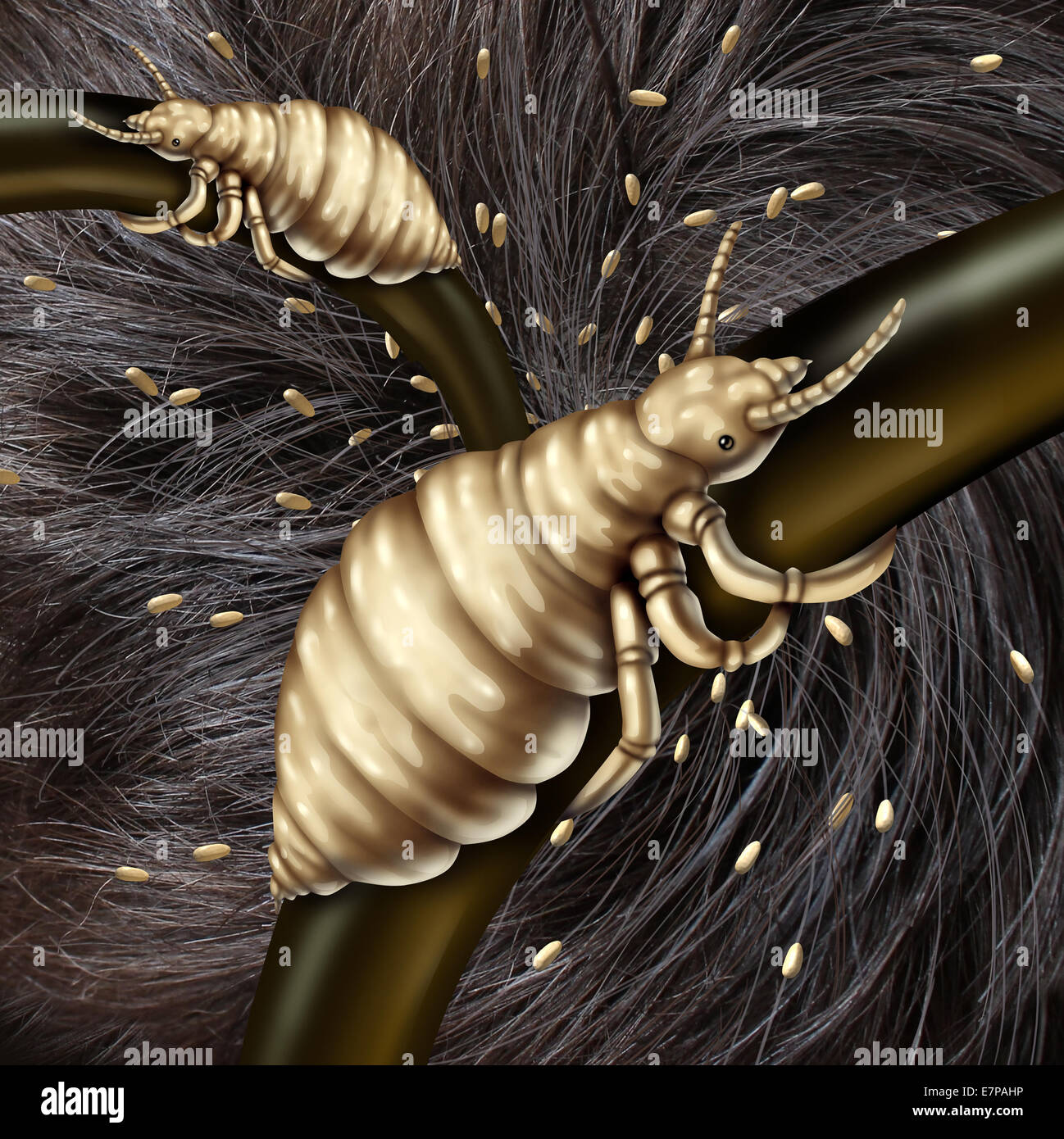
Nits can often be identified and treated before it gets out of control. A special machine that uses hot air to dehydrate head lice and their eggs is another alternative treatment method. The machine requires special training and is currently available only at professional lice treatment centers. During an exam, a health care provider may use a magnifying lens to look for lice. The provider may also use a special light, called a Wood's light, to check for nits. This light makes the nits easier to spot by making them look pale blue.
When to See a Healthcare Provider
Possibly one of our favorite images if this picture of lice eggs, nymphs, and adults at the end of a lice comb. Here you can also see how close the teeth of the comb are together. A louse is a tiny, bloodsucking parasite that lives on the scalps of humans and feeds on people. Each louse is roughly the size of a single sesame seed and ranges in color from white to tan to gray.
Lice tend to bite on “the scalp, right where the hair meets the follicle opening,” says Ashanti Woods, M.D., a pediatrician at Baltimore’s Mercy Medical Center. “Lice like warm areas with lots of hair,” Dr. Posner says, and they tend to bite when they’re hiding in there. Bed bug bites often appear as a line or group of three or more marks. These tend only to cause irritation in people with an allergic reaction to the bugs’ saliva.
Thankfully, lice are very treatable with over the counter shampoos and equipment. This is an image of one louse crawling on a hair follicle. The only way to truly tell if someone has lice is to see the infestation. If you have trouble identifying lice, use a magnifying glass. For those who don’t already know, lice is the plural form of louse (some people think they’re entirely different things). Head lice are a common problem in the United States with between 6,000,000-12,000,000 cases per year.
